- Over 1 million successful rentals
Car Hire New Zealand
Save time and money. We compare the offers of car rental companies in New Zealand on your behalf.
- Free cancellation Up to 48 hours prior to the scheduled pick up time
- Best price guarantee Have you found a better price? Let us know and we will make you a better offer.
- 24000+ pick-up locations Locations around the world
Compare Car Hire
Carrentals.co.uk offers simple and straightforward car hire comparison services. We don't add a penny to your quotes!
Car rental offers in New Zealand
Whether you're looking for a small rental car or a station wagon for the entire family, we will always have a suitable vehicle for the lowest price. Below are some examples from our selection in New Zealand.
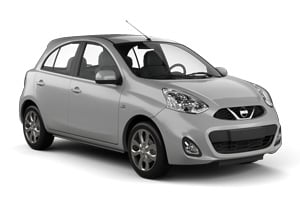
-
Autounion Car Rental From£ 9 /day
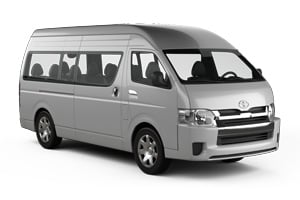
-
Snap Rentals From£ 47 /day

-
Snap Rentals From£ 55 /day

-
Mode Rentals From£ 7 /day

-
Mode Rentals From£ 7 /day

-
Yesaway From£ 16 /day

-
Autounion Car Rental From£ 10 /day
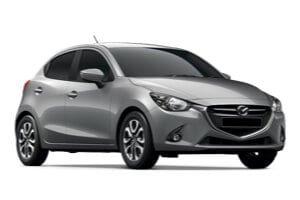
-
Autounion Car Rental From£ 10 /day
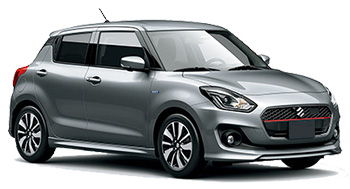
-
Snap Rentals From£ 17 /day -
Thrifty From£ 22 /day -
Europcar From£ 26 /day

-
Snap Rentals From£ 12 /day -
Thrifty From£ 17 /day -
Europcar From£ 20 /day
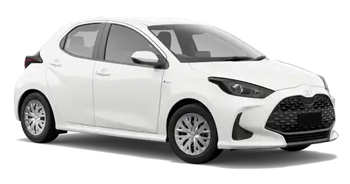
-
Snap Rentals From£ 12 /day -
Go Rent From£ 16 /day -
Alamo From£ 21 /day

-
Snap Rentals From£ 17 /day -
Alamo From£ 23 /day -
Avis From£ 27 /day

-
Mode Rentals From£ 7 /day
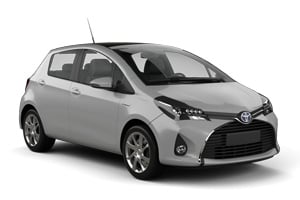
-
Yesaway From£ 9 /day -
Snap Rentals From£ 13 /day -
Autounion Car Rental From£ 15 /day

-
Yesaway From£ 12 /day -
Snap Rentals From£ 18 /day

-
Yesaway From£ 9 /day -
Enterprise From£ 22 /day -
National Car Rental From£ 54 /day

-
Yesaway From£ 17 /day -
Enterprise From£ 31 /day -
National Car Rental From£ 62 /day
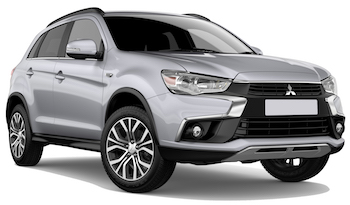
-
Snap Rentals From£ 13 /day -
Ace Rental Cars From£ 15 /day -
Thrifty From£ 18 /day
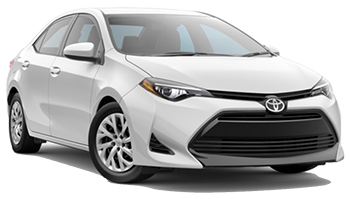
-
Snap Rentals From£ 13 /day -
Ace Rental Cars From£ 15 /day -
Go Rent From£ 17 /day

-
Snap Rentals From£ 18 /day -
Ace Rental Cars From£ 19 /day -
Thrifty From£ 23 /day
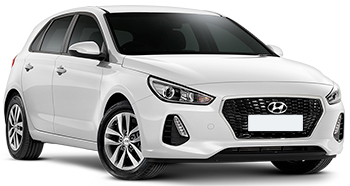
-
Ace Rental Cars From£ 15 /day -
Thrifty From£ 18 /day -
Budget From£ 18 /day

-
Mode Rentals From£ 8 /day

-
Mode Rentals From£ 10 /day -
Snap Rentals From£ 14 /day -
Budget From£ 21 /day

-
Snap Rentals From£ 19 /day -
Alamo From£ 25 /day -
Budget From£ 27 /day

-
Mode Rentals From£ 10 /day

-
Mode Rentals From£ 14 /day -
Yesaway From£ 19 /day -
Thrifty From£ 23 /day

-
Yesaway From£ 19 /day -
Thrifty From£ 27 /day -
Budget From£ 28 /day

-
Mode Rentals From£ 15 /day

-
Mode Rentals From£ 15 /day
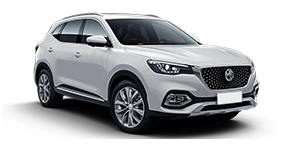
-
Europcar From£ 24 /day

-
Snap Rentals From£ 12 /day -
Green Motion From£ 34 /day

-
Snap Rentals From£ 12 /day

-
Snap Rentals From£ 18 /day -
Green Motion From£ 48 /day
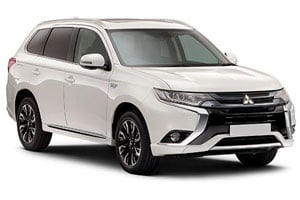
-
Snap Rentals From£ 13 /day -
Keddy By Europcar From£ 29 /day -
Europcar From£ 30 /day
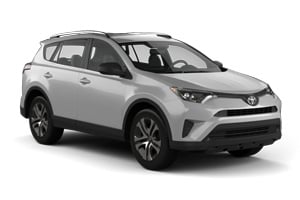
-
Snap Rentals From£ 13 /day -
Alamo From£ 34 /day -
Sixt From£ 44 /day

-
Snap Rentals From£ 22 /day -
Sixt From£ 34 /day -
Alamo From£ 38 /day

-
Mode Rentals From£ 18 /day
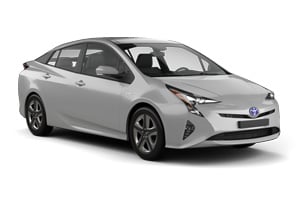
-
Yesaway From£ 22 /day

-
Mode Rentals From£ 18 /day
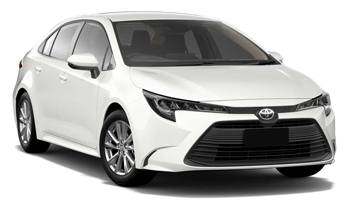
-
Mode Rentals From£ 11 /day -
Alamo From£ 33 /day -
Enterprise From£ 36 /day

-
Mode Rentals From£ 14 /day
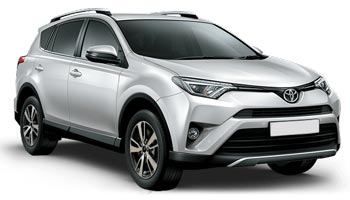
-
Ezi-Rent Car Hire From£ 27 /day
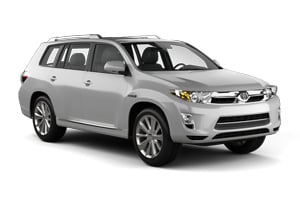
-
Mode Rentals From£ 20 /day -
Keddy By Europcar From£ 37 /day -
GO rentals From£ 39 /day

-
Mode Rentals From£ 25 /day
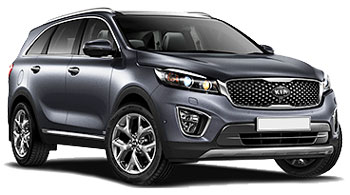
-
Europcar From£ 28 /day -
Keddy By Europcar From£ 41 /day

-
Ezi-Rent Car Hire From£ 26 /day
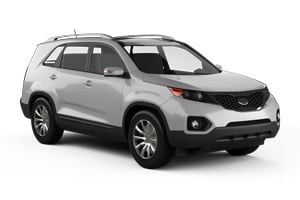
-
Europcar From£ 26 /day -
Keddy By Europcar From£ 32 /day

-
Yesaway From£ 29 /day

-
Ace Rental Cars From£ 13 /day

-
Ace Rental Cars From£ 18 /day
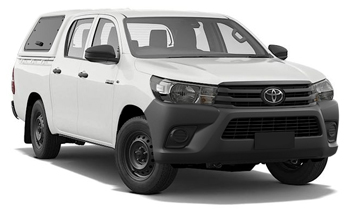
-
Ezi-Rent Car Hire From£ 27 /day

-
Ezi-Rent Car Hire From£ 27 /day
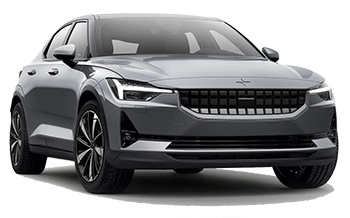
-
Hertz From£ 27 /day -
Sixt From£ 39 /day
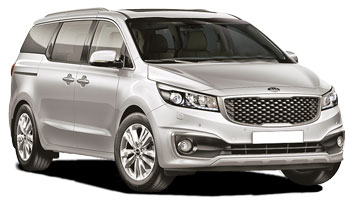
-
Ezi-Rent Car Hire From£ 31 /day

-
Ezi-Rent Car Hire From£ 32 /day
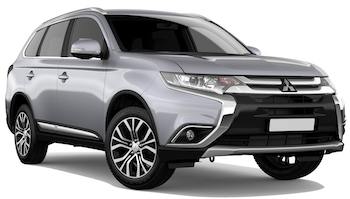
-
Ezi-Rent Car Hire From£ 31 /day

-
Hertz From£ 34 /day -
Sixt From£ 39 /day
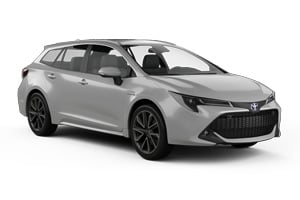
-
Mode Rentals From£ 10 /day -
Snap Rentals From£ 14 /day -
Green Motion From£ 35 /day

-
Snap Rentals From£ 19 /day -
Green Motion From£ 49 /day

-
Keddy By Europcar From£ 33 /day

-
Thrifty From£ 29 /day -
Ezi-Rent Car Hire From£ 31 /day -
Dollar Rent a Car From£ 41 /day

-
Thrifty From£ 32 /day -
Ezi-Rent Car Hire From£ 32 /day -
Dollar Rent a Car From£ 48 /day
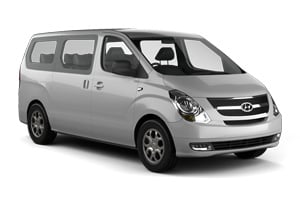
-
Budget From£ 38 /day -
Go Rent From£ 42 /day -
GO rentals From£ 45 /day
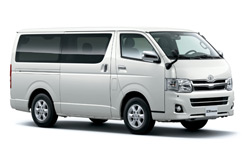
-
Thrifty From£ 37 /day -
Snap Rentals From£ 55 /day -
Hertz From£ 155 /day

-
Thrifty From£ 40 /day -
Snap Rentals From£ 40 /day -
Go Rent From£ 47 /day

-
Budget From£ 41 /day -
Avis From£ 54 /day
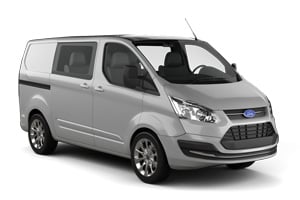
-
Sixt From£ 67 /day

-
Sixt From£ 73 /day

-
Snap Rentals From£ 13 /day -
Ace Rental Cars From£ 15 /day -
Thrifty From£ 18 /day

-
Snap Rentals From£ 13 /day -
Go Rent From£ 21 /day -
Keddy By Europcar From£ 26 /day

-
Snap Rentals From£ 18 /day -
Ace Rental Cars From£ 19 /day -
Thrifty From£ 23 /day

-
Snap Rentals From£ 13 /day -
Mode Rentals From£ 14 /day -
Yesaway From£ 19 /day

-
Mode Rentals From£ 15 /day

-
Yesaway From£ 19 /day -
Snap Rentals From£ 22 /day -
Thrifty From£ 27 /day

-
Snap Rentals From£ 23 /day -
Keddy By Europcar From£ 30 /day -
Ace Rental Cars From£ 31 /day

-
Budget From£ 20 /day -
Avis From£ 25 /day -
Europcar From£ 112 /day

-
Mode Rentals From£ 20 /day -
Keddy By Europcar From£ 37 /day -
GO rentals From£ 39 /day
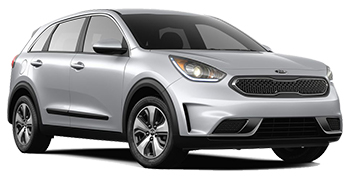
-
Keddy By Europcar From£ 23 /day -
Europcar From£ 24 /day

-
Budget From£ 24 /day -
Avis From£ 25 /day -
Europcar From£ 112 /day

-
Keddy By Europcar From£ 26 /day -
Europcar From£ 27 /day
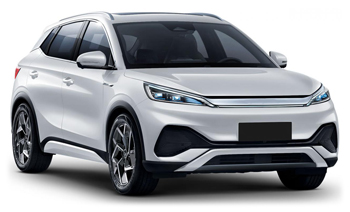
-
Europcar From£ 26 /day

-
Budget From£ 29 /day -
Avis From£ 30 /day -
Europcar From£ 103 /day

-
Hertz From£ 27 /day -
Sixt From£ 39 /day

-
Hertz From£ 34 /day -
Sixt From£ 39 /day

-
Avis From£ 30 /day -
Go Rent From£ 39 /day -
GO rentals From£ 39 /day

-
Avis From£ 34 /day
Popular cities in New Zealand
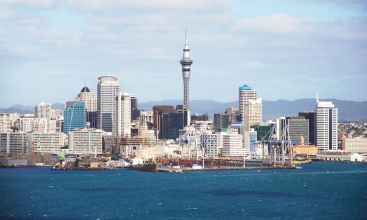
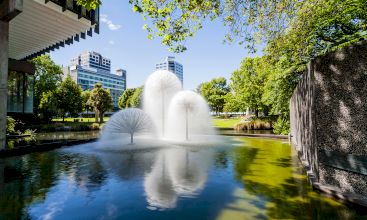
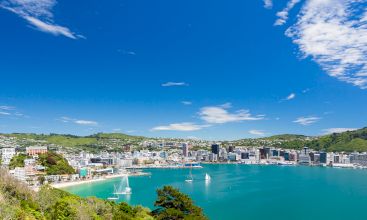
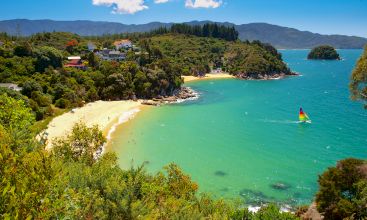
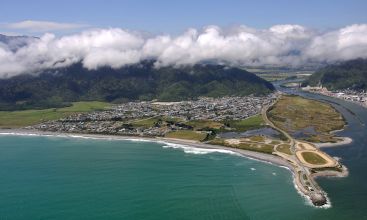

When to book a rental car in New Zealand
New Zealand - When is the most affordable time to rent a mini class car?
At this destination (New Zealand), April is the most affordable time to rent a mini class car with an average daily rate of
New Zealand - When is the most affordable time to rent a economy class car?
At this destination (New Zealand), August is the most affordable time to rent a economy class car with an average daily rate of
New Zealand - When is the most affordable time to rent a compact class car?
At this destination (New Zealand), May is the most affordable time to rent a compact class car with an average daily rate of
New Zealand - When is the most affordable time to rent an intermediate class car?
At this destination (New Zealand), August is the most affordable time to rent a intermediate class car with an average daily rate of
New Zealand - When is the most affordable time to rent a standard class car?
At this destination (New Zealand), May is the most affordable time to rent a standard class car with an average daily rate of
New Zealand - When is the most affordable time to rent a full-size car?
At this destination (New Zealand), May is the most affordable time to rent a full-size class car with an average daily rate of
New Zealand - When is the most affordable time to rent a luxury car?
At this destination (New Zealand), August is the most affordable time to rent a luxury class car with an average daily rate of
New Zealand - When is the most affordable time to rent a station wagon?
At this destination (New Zealand), June is the most affordable time to rent a station wagon with an average daily rate of
New Zealand - When is the most affordable time to rent a SUV?
At this destination (New Zealand), August is the most affordable time to rent an SUV with an average daily rate of
New Zealand - When is the most affordable time to rent a MPV?
At this destination (New Zealand), June is the most affordable time to rent an mpv with an average daily rate of
New Zealand - When is the most affordable time to rent a minivan?
At this destination (New Zealand), May is the most affordable time to rent a minibus with an average daily rate of
New Zealand - When is the most affordable time to rent a sports car?
At this destination (New Zealand), May is the most affordable time to rent a sports car with an average daily rate of
New Zealand - When is the most affordable time to rent a sedan?
At this destination (New Zealand), May is the most affordable time to rent a sedan with an average daily rate of
New Zealand - When is the most affordable time to rent a delivery van?
At this destination (New Zealand), June is the most affordable time to rent a van with an average daily rate of
Car rental locations in New Zealand
Carrentals.co.uk compares rental car prices at the following destinations

New Zealand Guide
New Zealand is best explored by rental car. Carrentals.co.uk has over 101 pick-up locations in New Zealand. This means there is always a pick-up location close to your destination.
Most popular car hire locations in New Zealand
Driving
Put simply, New Zealand is one of nature’s greatest works of art, as fully demonstrated in the iconic Lord of the Rings film trilogy. You’ve seen the movies – now experience the breathtaking reality! This amazing country boasts active volcanic zones, jagged mountains, glaciers, glorious beaches, rolling pastures, steep fjords and pristine lakes, not to mention unique biodiversity, lively cities and charming small towns. The added bonus, of course, is that the natives all speak English.
Driving Tips for New Zealand
Driving in New Zealand is a dream, whether it’s on the well-maintained city roads, the state highways crossing the country’s North and South Islands or the mountain roads winding over the high passes. As much of the landscape is uninhabited, with few petrol stations, carrying a spare can of fuel and a bottle of water is best.
Driving licences: UK driving licences permit driving here, but visitors from non-English speaking countries should have either an International Driving Permit or an English translation of their licence.
Which side does New Zealand drive on: the left.
Speed limits:
Residential areas: 31mph (50kph)
Highways: 62mph (100kph)
Near schools or road works: 12mph (20kph)
Alcohol limits: drink-driving laws are rigorously enforced here, with the blood alcohol limit the same as in the UK, at 0.08 per cent for those over 20, and zero tolerance for younger drivers.
Driving age: 15 years, with the legal age for renting a car 21 years.
Seatbelts: the driver and all passengers are required by law to wear seatbelts, with fines issued if the law is disobeyed. Children under five years of age must be carried in a child seat.
Mobile phones and GPS: mobile phone usage for calls while driving is only permitted if a hands-free kit is fitted. Other uses such as emailing, listening to music or viewing GPS maps on the phone while driving are banned.
Cost of fuel in New Zealand: 91-octane petrol is cheaper than in the UK and the cost of diesel is less than half the UK price.
Car hire and fuel payment: car hire companies prefer credit card payments and petrol stations in New Zealand’s urban areas accept credit cards. In remote rural areas, cash is usually the only way to pay.
Insurance: third-party and fire insurance is normally included in the car hire rate, with extras such as collision damage waiver and theft recommended.
Traffic and parking: traffic in city centres is congested at rush hours, but traffic on the major highways and rural roads is usually minimal. Street parking is usually possible. Yellow lines and bus or taxi lanes disallow parking and in large cities, parking often has a pay-and-display or metered time limit.
Transport
Trains
Getting around by train offers three of the world’s most scenic routes: Auckland to Wellington via the Overlander service, the TranzCoastal from Christchurch to Picton and the TranzAlpine from Christchurch to Greymouth. The modern, comfortable trains have heating in winter and air conditioning in summer, spectacular views are guaranteed and various saver and super-saver fares, including the Scenic Rail Pass, help with the cost. A seven-day Scenic rail pass allowing unlimited train travel and one ferry trip costs £240 as against the single return fare on the TransAlpine of £127 for the five-hour journey. Bookings can be made through the KiwiRailscenic website.
Taxis
Taxis in New Zealand are available 24 hours in the major cities and most large towns, and can be called by phone, picked up at a rank or hailed on the street more than a quarter-mile from a designated taxi rank. Most taxi companies belong to the New Zealand Taxi Federation and observe its code of conduct, ensuring the service is safe and comfortable. Rates are normally between £1 and £1.50 per kilometre, with extra charges for night travel and pre-booking by phone.
Buses
Long-distance travel in New Zealand is via a network of comfortable, cost-effective coaches, with three main service providers operating under a single corporate umbrella as InterCity, Newmans and Great Sights. InterCity offers the most comprehensive routes, covering 600 cities and towns, and Newmans offers standard route options. Great Sights serves the tourist industry and joins with Newmans Coaches on the southwestern coast of South Island to offer an extensive sightseeing menu. InterCity is the best option for its discounts and FlexiPass, which allows savings of up to 40 per cent on regular fares. For local travel options, shuttle buses are convenient and affordable, and InterCity also provides urban bus services with fares starting at £0.50.
Ferries
The ferry journey across Cook Strait between the North and South Islands is a scenic delight as well as the only non-air way to travel. The crossing takes three hours with Interislander, which offers six sailings per day from Wellington to Picton at various full and discounted rates. Rates for a car and driver are around £117 one-way and £50 for an adult.
Airports
Auckland and Christchurch airports are the only arrivals hubs dealing with international flights, although a number of New Zealand’s regional airports offer connections with the two intercontinental flight hubs and other favourite destinations around the country. Auckland International Airport offers direct flights from London-Heathrow, Los Angeles and San Francisco with Air New Zealand, as well as domestic flights to most of New Zealand cites and large towns. Christchurch International Airport is the tourism hub, although visitors from the West will need to connect at Singapore, Sydney or Bangkok as there are no direct flights. Flight costs from London to New Zealand start at just under £1,000.
Explore
Exploring New Zealand
Natural wonders and the country’s magnificent scenery are the highlights of a New Zealand holiday, with the Southern Alps in South Island’s Mackenzie County the visual experience of a lifetime. Jagged, snow-covered peaks soar above deep, still lakes fed by glacial melt waters, and the great silence is only broken by the cries of birds. New Zealand’s tallest mountain, Aoraki Mount Cook, is here, and the massif continues south to become the backdrop for Queenstown and Wanaka.
Remote Fiordland National Park, a UNESCO World Heritage site, lies to the southwest of South Island and is one of the least explored areas of dramatic natural beauty in the country. Westland National Park, on the west coast of South Island, is home to the Franz Josef and Fox glaciers and, for hot springs, geysers and volcanic action, Rotorua is the place, surrounded by a volcanic region holding the massive crater lake of Taupo and Tongariro National Park.
The southern coasts are the haunts of penguins, sea lions and seals, and the Otago Peninsula is home to a colony of albatross, the sailors’ bird of ill omen. The beaches of North Island are warm and crowded with water sports enthusiasts in summer, and there’s a huge range of adventure sports offered across the islands. Cosmopolitan Auckland has the best shopping, museums, nightlife and beaches, Gisborne and East Cape are hubs for authentic Maori culture, and the wine region of Wairarapa charms with its vineyards and rural cottages.
Our Travel Editor’s Recommended Drives
Auckland to Mission Bay – is a relaxing drive along a picturesque route to the pretty Mission Bay suburb with its lovely beaches, fascinating old mission buildings, early aviation history and quaint cafés.
Milford Road – this drive winds through cool, shadowy rainforests and past pristine lakes, with its coastal stretches revealing pretty coves and beaches perfect for a refreshing swim to break the journey. Finally, the road climbs through the mountains, passing through the Homer Tunnel.
Taupo to Auckland – takes seven full days to cover the 620 miles (1,000kms), passing all of the North Island’s natural highlights, including several national parks, the Kauri Forest, the Waitomo Caves and diverse beaches and seascapes. The drive ends in Auckland, with its great nightlife, shopping and dining.
Holidays and Festivals
New Year’s Day (1 January)
Waitangi Day (6 February)
Easter (March/April)
Anzac Day (25 April)
Queen’s Birthday (4 June)
Christmas Day (25 December)
Weather
New Zealand’s weather patterns depend on topography, latitude and altitude, with the overall climate rated as mild and temperate maritime. Average temperatures drop as you move further south, with the North Island’s hot, sub-tropical summers contrasting with the freezing winter lows, which can fall to -10°C, in the South Island’s southern highlands. Rainfall is spread evenly across both islands and changeable weather is the norm, creating a ‘four seasons in one day’ effect.
Practical Stuff
New Zealand Travel Tips
Many New Zealanders are descended from the original British immigrants to New Zealand during its colonial era, with the country’s population including the Maori peoples and an increasing number of arrivals from Asia. Since the release of the Lord of the Rings movie trilogy, South Island in particular has seen an increase in tourist numbers, drawn to the magnificence of its diverse scenery.
New Zealand contact numbers
Country code - (+64)
British High Commission, Wellington – +64 4 924 4888
Emergency services - 000 (mobiles – 112)
Money matters
New Zealand’s official currency is the New Zealand dollar (NZ$). Banks, currency exchange outlets and ATMs are found in cities and towns all over the islands and credit card payments are widely accepted, although in remote, small villages and towns, cash is king. In most restaurants, a tip is included in the bill although, in general, tipping is common in tourism hubs.
Health and safety
No specific vaccinations are required for a visit to New Zealand, and the country is refreshingly free of deadly diseases and dangerous fauna. The sun is the worst enemy here, with sun cream and covering up necessities due to the strong ultra-violet rays. Crime levels are very low, with common sense as regards protecting your valuables against petty crime such as pick pocketing all that’s needed.
Fitting in…
Friendly but slightly reserved, New Zealanders aren’t as brash as their near neighbours in Australia, but welcome visitors to their lovely land. Long-established Maori ceremonies should be respected with silence and deference, and the exact opposite holds true when you’re at one of New Zealand’s favourite events, the rugby match. Most matches are held between February and May, and they’re an unmissable experience even if you’re not into sport.
Visas for New Zealand
UK citizens may enter New Zealand with a visitor’s permit obtained at the arrivals airport and may stay for six months, with EU citizen’s permits valid for three months. Citizens of other nations need to apply at their nearest New Zealand embassy or consulate for a tourist visa.
Electricity
Electricity in New Zealand comes at 230-240V/50Hz, although many hotels provide a 110V supply. Sockets accept a V-shaped, flat-prong plug, with most visitors needing to bring a plug converter. If you’re travelling around with a 110V-rated laptop, it’s sensible to bring a step-down transformer.
Business hours
Businesses: 09:00 to 17:30, Monday to Friday
Government offices: 09:00 to 17:30, Monday to Friday
Shops: 09:00 to 17:30, Monday to Saturday
Banks: 09:00 to 17:30, Monday to Friday
Helpful phrases
Although English is the official and most-used language, Maori is also an official language, and a few words and phrases will be much appreciated.
Kia ora – Hello
Koha – Gifts
Haera ra – Goodbye
Wharephaku – Toilet
Wharekai - Kitchen
Marae – Traditional meeting place
Practical information
-
CurrencyNew Zealand dollar
-
Driving directionLeft
-
City speed limit50 km/h
-
Freeway speed limit100 km/h
-
LanguageEnglish, Māori
-
Popular car categorySUV
What most people want to know
The following questions and answers are a selection of the most popular questions. If you do not find the answer to your question, have a look at the Frequently Asked Questions page or contact us.
- Ace Rental Cars
- Ezi-Rent Car Hire
- Avis
- Enterprise
- Europcar
- Hertz
- Budget
- Alamo
- Sixt
- East Coast Car Rentals
- Autounion Car Rental
- Keddy By Europcar
- Thrifty
- Dollar Rent a Car
- Green Motion
- Snap Rentals
- Mode Rentals
- Yesaway
- Moto Car Rental
- GO rentals
- Smart Rent
- Right Cars
- CHEAPA
- Yes Rentals
- Routes
- National Car Rental
- Bargain Car Rentals
- FireFly Car Rental
- Mighty Cars & Campers
- McRent
- KEA Campers
- Britz Motorhomes
- United rent a car
- SurPrice car rentals
- Apollo Car Rental
- NÜ Car Rentals
- Alpha Car Hire
- Drive On Holidays